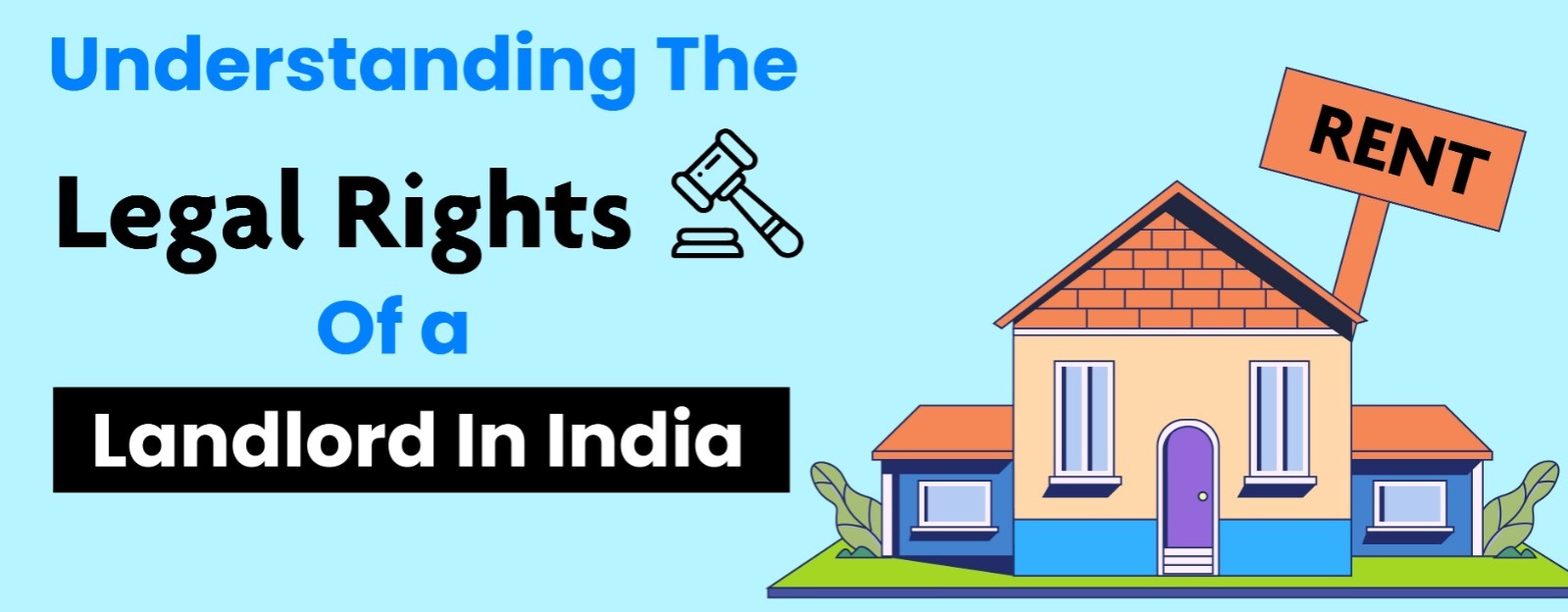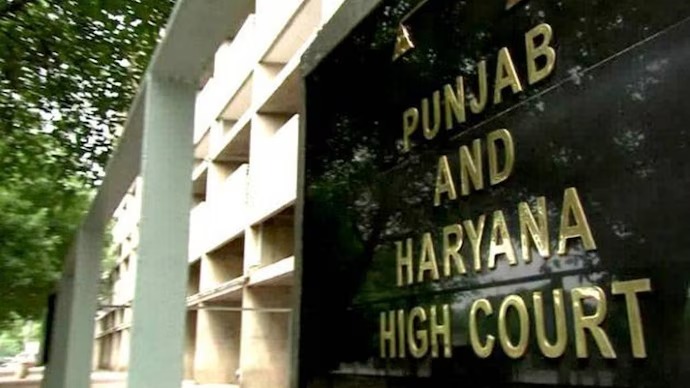Seth, J.@mdashThis is an appeal arising out of execution proceedings. The decree under execution was passed by a civil Court. It was transferred to the Collector for execution. The judgment-debtor filed an objection to the execution of the decree by the sale of the land which was sought to be sold alleging that it was protected u/s 17 (1) (a), U.P. Debt Redemption Act. The objection was dismissed by the Bale officer and the order of the sale officer dismissing the objection was confirmed in appeal by the Collector. The judgment-debtor then filed the same objection in the civil Court. The Court held that the decision of the sale officer confirmed by the Collector operated as res judicata and the objection could not be entertained afresh by the civil Court. This order has been set aside by the lower appellate Court and the case has been remanded to the Court of first instance. The lower appellate Court has held that the sale officer had no jurisdiction to decide the objection which according to the lower appellate Court, was filed u/s 47, Civil P.C., and his decision being without jurisdiction could not operate as res judicata. It has relied upon two decisions of this Court in support of its view. They are B Bhagwan Das Marwari and Others Vs. Suraj Prasad Singh and Others and S. Marahmat Husain Vs. Oudh Commercial Bank Ltd. and Others, . These decisions relate to decrees transferred for execution u/s 68, Civil P.C. The learned Judge of the lower appellate Court has taken the view that the ratio of these decisions applies also to decrees transferred to the Collector for execution under Rule 3 of the rules framed by the local Government under the U.P. Debt Redemption Act. It appears to me that the learned Judge of the lower appellate Court has been misled into this decision by not proceeding to read beyond R 3 referred to by him. Rule 4, U.P. Debt Redemption Rules, makes it perfectly clear that where the question arises as to what land is protected u/s 16 or Section 17, Debt Redemption Act, or where the land to be protected has got to be determined and demarcated, the jurisdiction to determine all these matters has been conferred upon the Collector alone. The decision of the present case does not depend upon whether the decision of the sale officer operates as res judicata or not It depends upon the determination of the question whether the civil Court has jurisdiction to determine an objection claiming the benefit of Section 17, Debt Redemption Act. In my opinion, by virtue of Rule 4, U.P. Debt Redemption Rules, the jurisdiction vests solely in the Collector and the civil Court has no jurisdiction in such matters. The order of the lower appellate Court can, therefore, not be sustained and the objection filed in the civil Court based upon the claim made u/s 17, Debt Redemption Act, should be dismissed. It may be that the judgment-debtor is not yet without any remedy. The objection was not determined by the Collector. It was determined by the sale officer and the matter went up before the Collector as an appellate Court and not as an officer to whom an application u/s 17 was to be originally made and in that view it may be that if a fresh application is made to the Collector he will not feel himself bound by the decision of the sale officer or by the decision made by himself as an appellate tribunal. Be that as it may, it is not a matter which I am called upon to determine in deciding this appeal. As already observed, the civil Court had no jurisdiction to entertain the above mentioned objection and in that view the order of the lower appellate Court should be set aside.
2. This appeal is accordingly allowed, the order of tie lower appellate Court remanding the case is set aside and the objection filed by the judgment-debtor is dismissed with costs in both the Courts.

